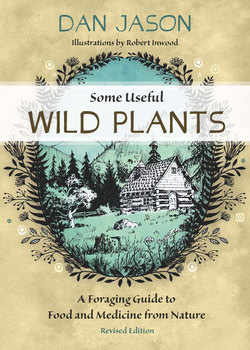Читать книгу Some Useful Wild Plants - Dan Jason - Страница 10
На сайте Литреса книга снята с продажи.
ОглавлениеArrowleaf balsamroot or spring sunflower
Balsamorhiza sagittata
Asteraceae
Balsamroot is found throughout the dry Interior on fairly open and dry hills and in valleys with deep, sandy soils. It first appears in early April and begins flowering late in the month. It is often near open ponderosa pine forest with buttercup, mullein, yarrow and biscuitroot. Leaves are large, basal, olive green, smooth-edged and arrow-shaped; they have fine silver-grey hairs and grow on large stalks. Bright yellow ray flowers surround the disc-shaped flowers. Balsamroot’s naked stems and silvery appearance distinguish it from sunflower (Helianthus spp.). A dozen or so flowers may arise from each bundle of leaves. Roots are often several inches thick, resinous and woody. At flowering, balsamroot is often two feet high.
The entire plant may be used year-round. Young stems and leaves may be boiled and eaten as greens; they become tougher and more fibrous with age. The root may be eaten raw or cooked. We like it sliced and gently stir-fried. Seeds, when roasted, ground and made into mush, have a toasted popcorn flavour.
The root, when peeled, ground and boiled, can be drunk as a remedy for rheumatism and headache. The mashed root can be used for swelling and insect bites. A decoction of the root causes profuse perspiration.
Balsamroot
